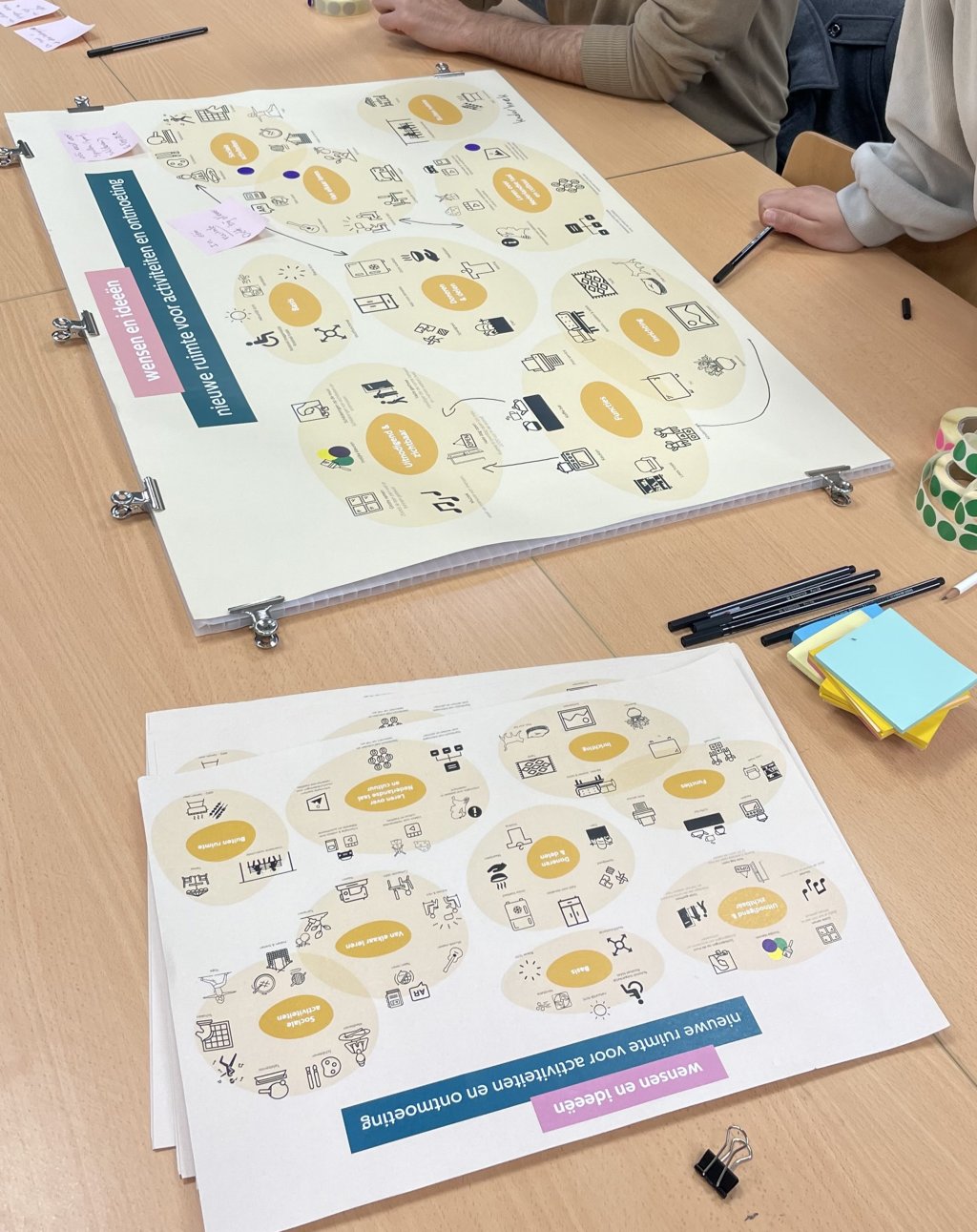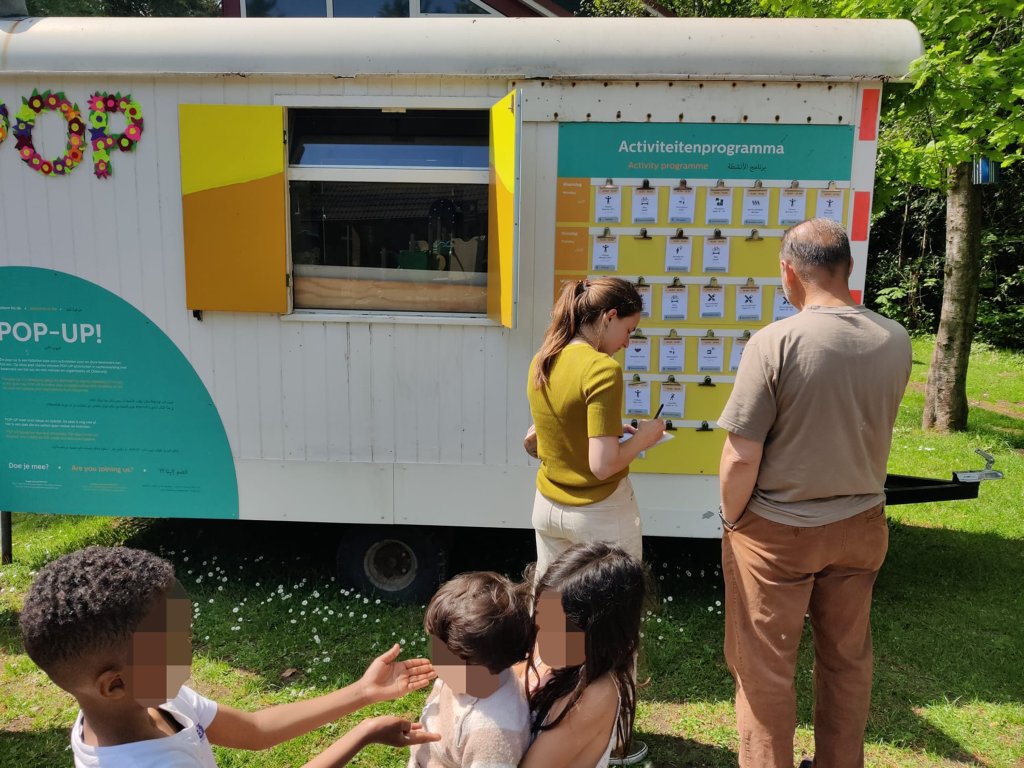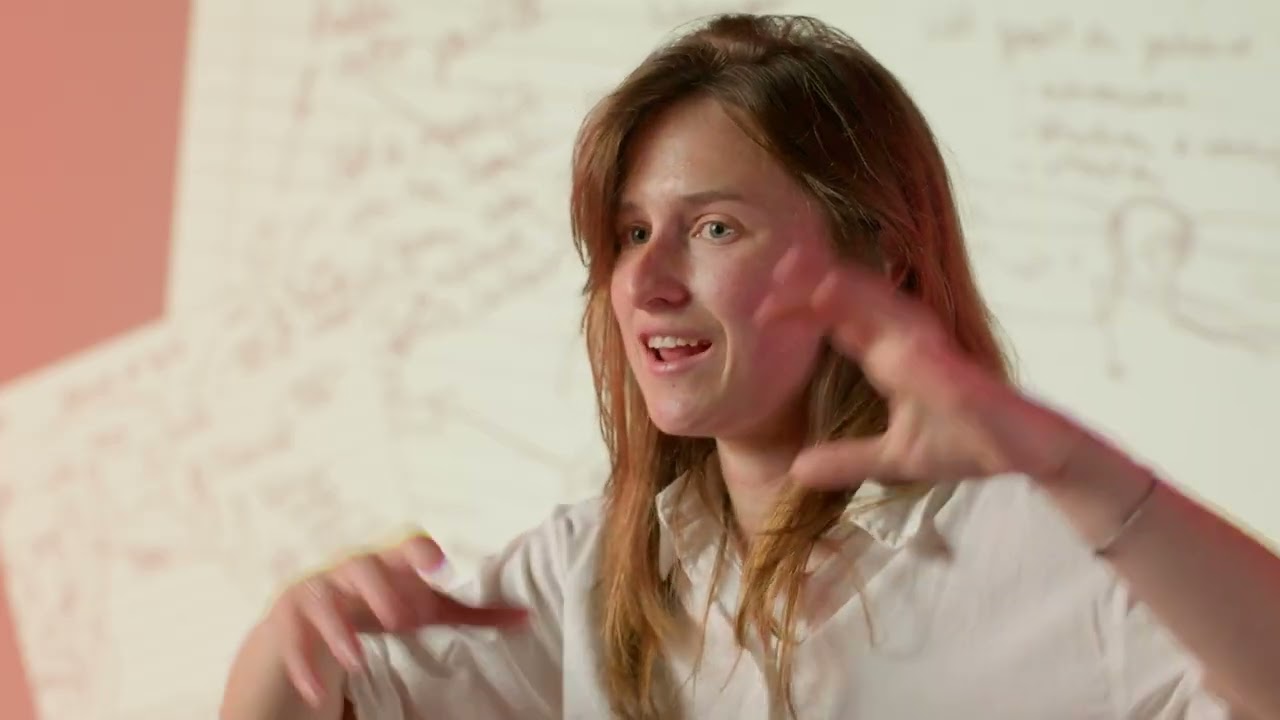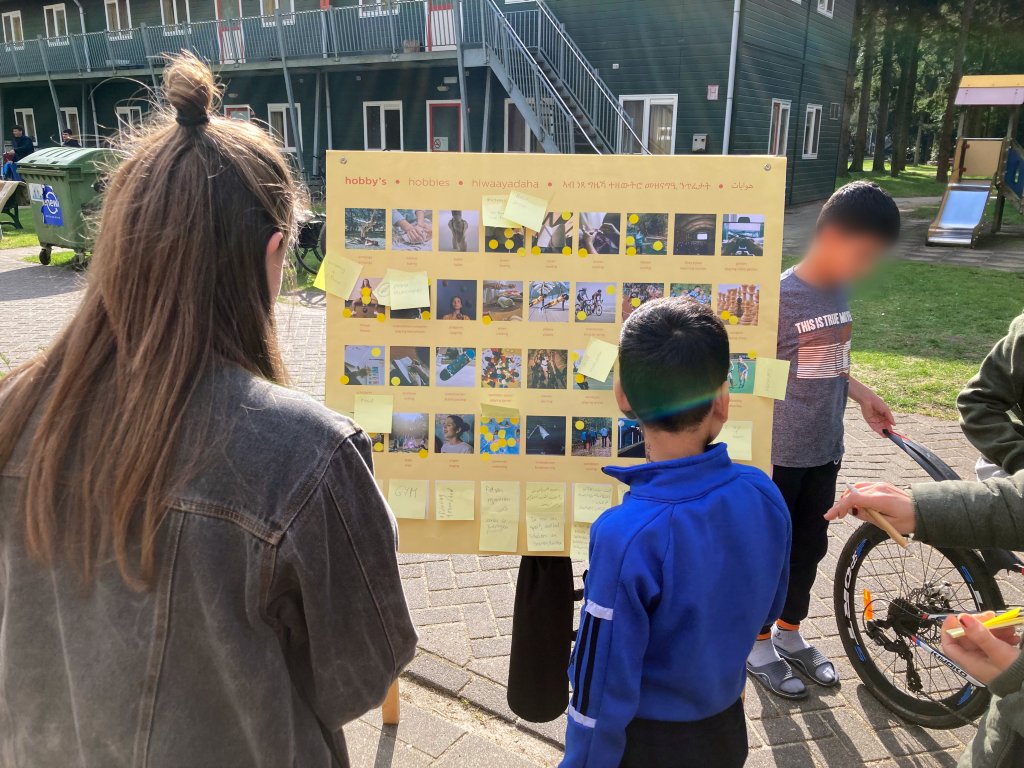A Place Worth Living In
Remke Timmermans, Tove Elfferich, Kristina Andersen, Daisy Yoo, Elvia Vasconcelos
Every day, oppression, persecution or the hope of a better life drives people all over the world to make the difficult decision to leave their homes. In the Netherlands, asylum seekers spend months or years in asylum reception centres (AZCs). “A place worth living in” explores how AZC residents in Oisterwijk can be meaningfully involved in the centre's redevelopment and renovation through co-design activities. Who holds the power to design spaces for asylum seekers?
Asylum seekers in the Netherlands, including those in Oisterwijk, face extended periods of uncertainty and isolation while waiting for residence permits or accommodation. Awaiting the asylum process, asylum seekers are not allowed to work for more than 24 weeks a year, provoking boredom, loss of self-esteem and a sense of stagnation. Delays in the asylum process contribute to severe stress and mental health issues.
This liminal state, compounded by limited opportunities for meaningful engagement, negatively impacts their well-being. "A Place Worth Living In" seeks to address this issue by involving residents in the co-design of a new common space within the centre. The project explores how participatory design can empower residents, allowing them to contribute to the space's development and fostering a sense of ownership and community amidst their challenging circumstances.
Combining her background in anthropology and design, Remke Timmermans applied methods from both fields to understand the complex context and envision with the residents what the future of the center could be like. The work was conducted from the ground up, grounded in empirical research and building on feminist design principles, emphasizing equity throughout the design research process. As part of the project, she designed several interventions and three co-creation workshops. These workshops invited residents to share their skills, ideas, and aspirations, focusing on what they could contribute to the space, rather than solely emphasizing on their needs and what they lack currently. For example what they could teach other residents, how they could host and guide guests and newcomers. One of the outcome of the workshops and ethnographic fieldwork is a design proposal for an space including a installation called "Skill Families," a space where residents can host activities, learn from each other, and build connections, facilitated by the installation. Skill families is an interactive installation where AZC residents can share their skills and talents with other residents, visitors and local Dutch residents.

"A Place Worth Living In" demonstrates the importance of centralizing the voices of those impacted by the design. By involving asylum seekers directly in the design process, the project challenges the top-down approach often seen in institutional settings. The common space with the skill families installation envisioned through this collaboration not only addresses immediate needs for social interaction and skill-sharing but also offers a model for how similar spaces could be designed in other AZCs.
In the further development of this project, Remke Timmermans aims to involve a wider diversity of voices into the participatory design process, since the voices so far included were primarily coming from arabic countries, underrepresnting the significant group of Somali and Eritrean asylum seekers living at the AZC in Oisterwijk.



Share
Contacts
- -
- -
- -
- -

